Navigating Budapest: A Comprehensive Guide for Tourists
From majestic Danube views to hidden culinary gems, uncover Budapest's allure and make the most of your visit with essential travel tips.
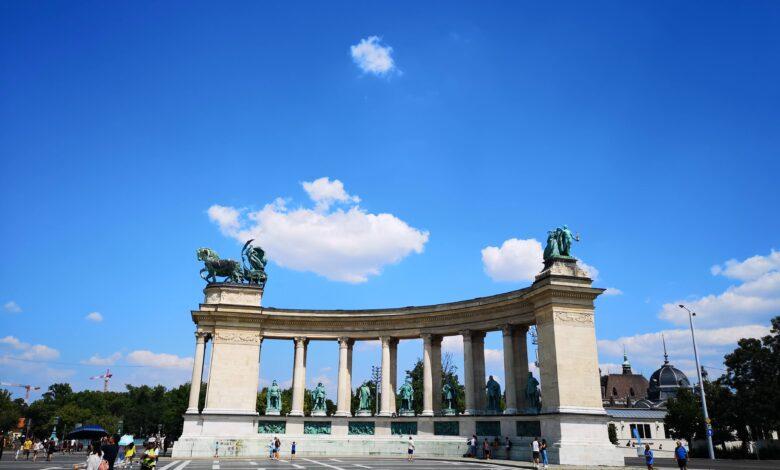
Budapest, often dubbed the “Paris of the East,” is a city that effortlessly blends its rich historical tapestry with the energy of the modern world. Nestled on the banks of the Danube River, Hungary’s capital offers an allure that captivates visitors from the very first glimpse. From its grand castles and thermal baths to its vibrant nightlife and culinary delights, Budapest promises a multifaceted experience. As the city’s spires and domes glitter under the Central European sun, and its streets echo tales of empires past, tourists find themselves immersed in a narrative that transcends time. This article delves into the heart of Budapest’s tourism, guiding travelers through its iconic landmarks and hidden treasures, ensuring every moment spent here becomes a cherished memory.
Must-See Tourist Attractions of Budapest
Budapest, affectionately referred to as the “Paris of the East,” is known for its stunning architecture, rich history, and vibrant culture. As the capital city of Hungary, Budapest offers a unique blend of ancient landmarks and modern attractions, ensuring that every visitor finds something enchanting. Below, we delve into the must-see tourist spots in this gem of a city.
1. Buda Castle & Castle Hill:
Overlooking the Danube River, the Buda Castle is a historic palace complex that once housed Hungarian kings. Today, it’s home to the Budapest History Museum and the Hungarian National Gallery. Nearby, the cobbled streets of Castle Hill boast medieval, baroque, and 19th-century buildings, providing a quaint exploration opportunity.
2. Hungarian Parliament Building:
An architectural marvel, this neo-Gothic structure is one of the largest parliament buildings in the world. Guided tours allow visitors to appreciate its grand interior, including the Hungarian Crown Jewels.
3. St. Stephen’s Basilica:
Named in honor of the first king of Hungary, this Roman Catholic basilica is an epitome of neo-classical architecture. Climb to the dome for a panoramic view of the city.
4. The Danube Promenade & Chain Bridge:
Strolling along the Danube is a delightful experience, especially in the evening when the city’s landmarks are lit up. The iconic Chain Bridge, the first to connect Buda and Pest, is a sight to behold, especially when illuminated at night.
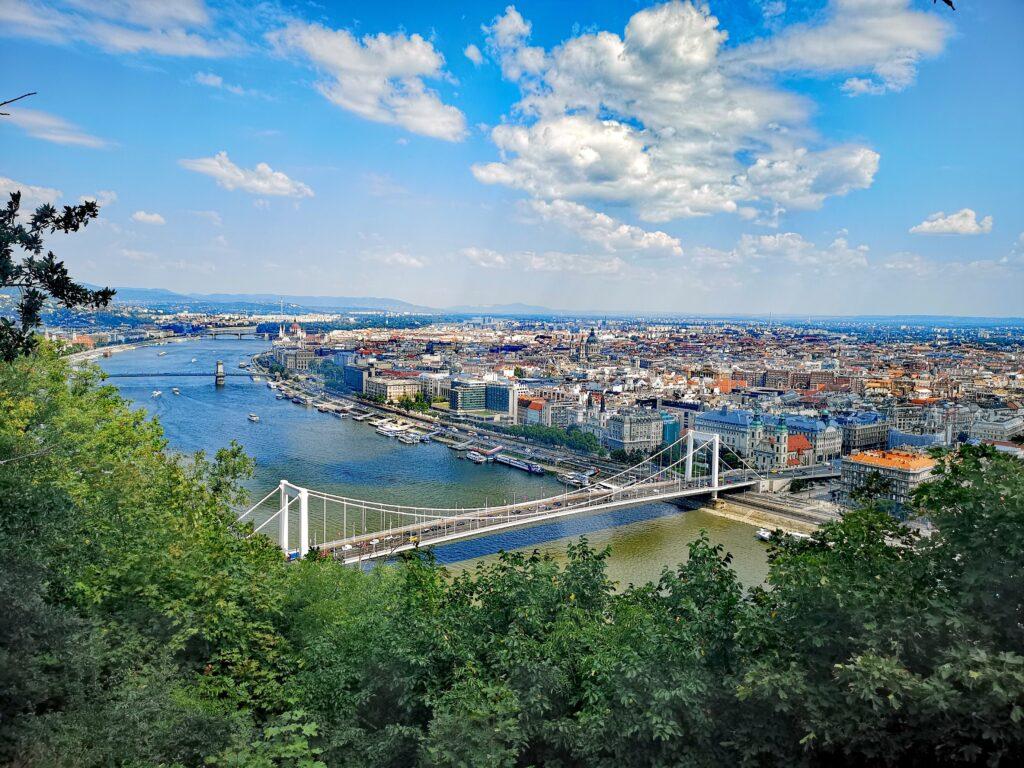
5. Heroes’ Square & City Park:
Marked by the Millennium Monument, Heroes’ Square is a significant city landmark that pays tribute to Hungarian leaders. Adjacent City Park houses attractions like the Vajdahunyad Castle and the famed Széchenyi Thermal Bath.
6. The Great Market Hall:
For those looking to dive into local flavors and crafts, this three-floor market is a must-visit. From traditional Hungarian dishes to souvenirs, the offerings here are diverse and delightful.
7. Fisherman’s Bastion:
Renowned for its neo-Romanesque watchtowers, turrets, and stairways, this bastion offers some of the best panoramic views of Budapest. The adjacent Matthias Church, with its diamond-patterned roof and colorful tiles, is equally noteworthy.
8. Gellért Hill & The Citadella:
For a bit of a hike and a reward of unparalleled city views, head to Gellért Hill. At its summit, the Citadella stands as a symbol of liberty, with the Liberty Statue visible from various parts of the city.
9. Budapest’s Thermal Baths:
Budapest is often called the “City of Spas.” Experiencing one of its thermal baths, like the Gellért Spa or the Széchenyi Thermal Bath, is a relaxing way to dive into the city’s ancient Roman and Turkish traditions.
10. House of Terror Museum:
This museum offers a haunting insight into the oppressive regimes that Hungary endured during the 20th century. It’s a somber but essential visit for understanding the nation’s tumultuous past.
11. Hungarian State Opera House:
Even if opera isn’t your passion, the lavish interior of this neo-Renaissance masterpiece deserves a visit. Guided tours offer insights into its architectural and cultural significance.
12. Margaret Island:
Situated in the middle of the Danube, this island oasis is perfect for leisure activities. With its musical fountain, open-air theater, and rose gardens, it’s a tranquil escape from the city hustle.
In conclusion, Budapest is a city that merges the pages of history books with the vibrancy of modern life. Each corner has a story, each street an allure. So whether you’re a history buff, an architecture enthusiast, or simply a curious traveler, Budapest promises a journey of wonder and discovery.
What is the Best Time to Visit Budapest?
Budapest, often hailed as the “Pearl of the Danube,” is a city that captivates travelers with its rich history, stunning architecture, and dynamic cultural scene. As seasons change, so does the ambiance and offerings of the city. Knowing the best time to visit can elevate your Budapest experience from memorable to truly unforgettable.
1. Spring (March to May):
Pros:
- Blossoming Beauty: The city awakens from its winter slumber with flowers blooming and the green spaces of Margaret Island and City Park coming alive.
- Pleasant Weather: Mild temperatures make it ideal for walking tours and outdoor activities.
- Fewer Tourists: Being a shoulder season, spring offers a more relaxed atmosphere with fewer crowds.
Cons:
- Unpredictable Showers: Occasional rainfall can occur, so it’s a good idea to pack an umbrella.
2. Summer (June to August):
Pros:
- Vibrant Atmosphere: Summer sees a host of festivals, including the Budapest Summer Festival and the Budapest Wine Festival.
- Long Days: Enjoy extended daylight hours, perfect for cruising on the Danube and exploring the city.
- Outdoor Pools: Take advantage of Budapest’s famed thermal baths, with outdoor pools like Széchenyi Bath being particularly popular.
Cons:
- Crowded: As the peak tourist season, expect more significant crowds and longer wait times at major attractions.
- Hotter Days: Temperatures can sometimes soar, making mid-day excursions a tad uncomfortable.
3. Autumn (September to November):
Pros:
- Foliage Charm: The city’s parks and Buda hills are adorned in hues of gold and red, offering a picturesque landscape.
- Wine Season: September is the grape harvest season, making it an excellent time for wine enthusiasts.
- Mild Weather: Cooler than summer but still warm enough to explore comfortably.
Cons:
- Shorter Days: Daylight decreases as winter approaches, which can limit your sightseeing time.
4. Winter (December to February):
Pros:
- Christmas Magic: The Budapest Christmas Market is one of Europe’s most enchanting, with Vörösmarty Square turning into a festive wonderland.
- Thermal Baths: There’s nothing quite like dipping into a warm thermal pool while surrounded by snow.
- Ice Skating: The City Park Ice Rink, set against the backdrop of Vajdahunyad Castle, offers a fairy-tale-like skating experience.
Cons:
- Cold Weather: Temperatures drop, and snowfall can be common, so bundling up is essential.
- Short Days: With limited daylight, it’s essential to plan your activities strategically.
In Conclusion:
The best time to visit Budapest largely depends on personal preferences. If you love the hustle and bustle and don’t mind the heat, summer might be for you. Those seeking a romantic, festive atmosphere might lean towards winter, while lovers of mild weather and fewer crowds might prefer spring or autumn. No matter when you choose to visit, Budapest promises a plethora of experiences that resonate with the soul.
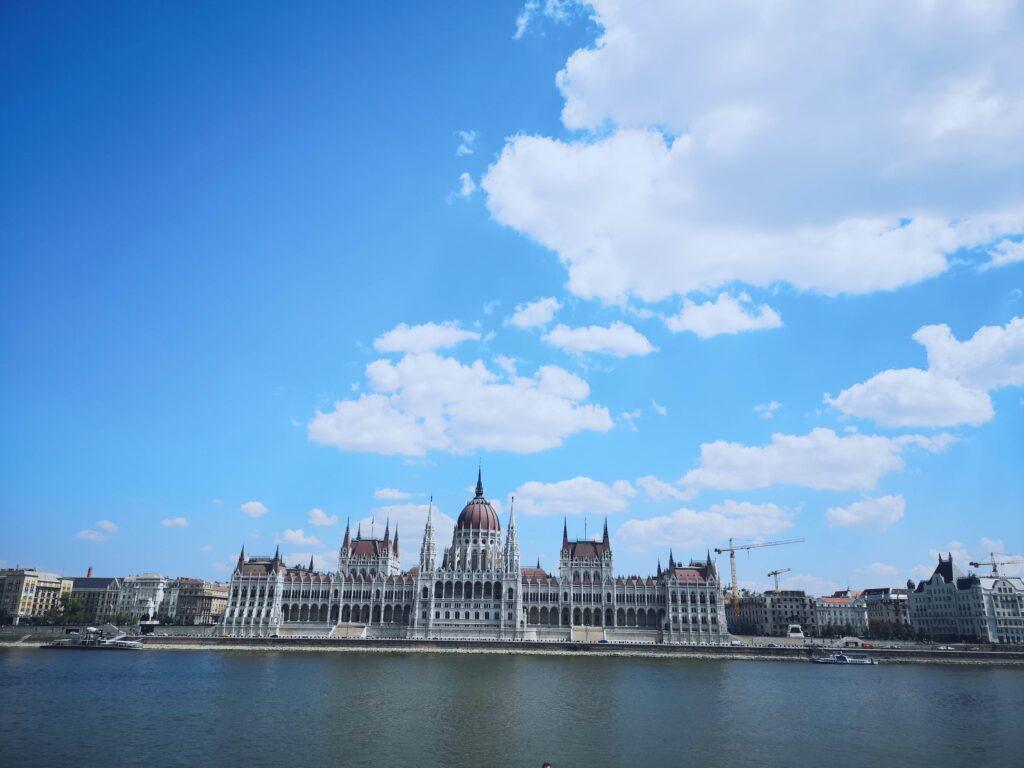
Travel Tips for Tourists Visiting Budapest
Budapest, the enchanting capital of Hungary, promises a unique blend of history, culture, and vibrancy. With its thermal baths, majestic Danube views, and lively ruin pubs, it is no wonder the city ranks high on the travel wish-list of many. If you’re planning a trip, these essential tips will help you make the most of your Budapest experience:
1. Currency & Payments:
- Forint (HUF) is King: While the Euro is widely accepted, using Hungarian Forint (HUF) often gets you better value. ATMs are abundant, but always check transaction fees.
- Cards are Welcome: Most restaurants, shops, and hotels accept credit and debit cards. However, it’s a good idea to carry some cash, especially for smaller establishments or markets.
2. Best Way to Get Around:
- Public Transport: Budapest’s public transport system, comprising trams, buses, and the metro, is efficient and covers most tourist attractions. Purchase a travel card or Budapest Card for unlimited rides.
- On Foot: Many of Budapest’s attractions are within walking distance of each other, especially along the Danube.
- Taxis: Opt for registered taxi companies (like Főtaxi) and avoid unofficial cabs.
3. Don’t Miss the Thermal Baths:
- Budapest is famous for its thermal baths, with Széchenyi and Gellért being the most popular. Pack swimwear, and for an extra fee, you can often rent towels and lockers.
4. Dive into the Ruin Pub Scene:
- The city’s ruin pubs, set up in dilapidated pre-war buildings, are a unique nightlife experience. Szimpla Kert is the most iconic, but there are many to explore.
5. Respect Local Traditions:
- When entering churches or religious sites, dress modestly. Also, tipping is customary in Budapest; leave around 10% in restaurants.
6. Language Basics:
- While many Hungarians in the tourist industry speak English, learning a few Hungarian phrases (like “Köszönöm” for “Thank you”) can be appreciated.
7. Stay Connected:
- Free Wi-Fi is available in many public areas, cafes, and hotels. If you need constant connectivity, consider getting a local SIM card.
8. Safety First:
- Budapest is generally safe, but as with any major city, be cautious of pickpockets, especially in crowded places.
9. Enjoy the Danube:
- Whether it’s a river cruise, a walk along the riverbanks, or a visit to Margaret Island, don’t miss experiencing the Danube, especially at night when the city’s landmarks are illuminated.
10. Discover Budapest’s Culinary Delights:
- Try local dishes like goulash, chimney cake, and pörkölt. Pair it with local wines or the famous Pálinka.
11. Stay Informed about Events:
- Check local listings or tourist information centers for special events, festivals, or concerts that might coincide with your visit.
12. Climate Check:
- Budapest experiences cold winters and warm summers. Pack accordingly, and always carry an umbrella, as rain can be unpredictable.
Conclusion:
Visiting Budapest is a journey through time, flavors, and emotions. By keeping these travel tips in mind, you’ll ensure that your trip is smooth, enjoyable, and filled with memories that’ll last a lifetime. Happy travels!
What are the Must-Try Dishes and Drinks in Budapest?
Budapest’s culinary scene is a tantalizing blend of traditional Hungarian flavors and modern gastronomy. Rooted deeply in Central European traditions, the dishes and drinks reflect a rich history, influenced by neighboring cultures and Budapest’s unique identity. For travelers, delving into these culinary delights promises a journey of its own. Here are the must-try dishes and drinks when in Budapest:
1. Gulyás (Goulash):
A quintessential Hungarian dish, goulash is a hearty soup made of meat (usually beef), potatoes, carrots, peppers, and paprika. It’s a warming delight, especially in colder months.
2. Pörkölt & Nokedli:
Pörkölt is a thick, flavorful stew made from meat (often beef or pork) simmered in onion and paprika sauce. It’s traditionally served with nokedli, Hungarian dumplings that are similar to German spaetzle.
3. Meggyleves (Sour Cherry Soup):
This cold soup, usually enjoyed in summer, is a slightly sweet concoction made from sour cherries, sugar, and sour cream, sometimes spiked with a dash of wine.
4. Hortobágyi Palacsinta:
A delightful savory pancake, filled with meat (often veal) that’s seasoned with paprika and then rolled up, covered in a tangy sauce, and baked.
5. Halászlé (Fisherman’s Soup):
A spicy and aromatic soup, Halászlé is made with river fish and a generous amount of paprika. Traditionally, it’s cooked in a kettle over an open fire.
6. Rakott Krumpli:
A comforting layer of potatoes, sausage, boiled eggs, and sour cream, all baked to perfection. This dish is a testament to the Hungarian love for hearty and flavorsome food.
7. Töltött Paprika (Stuffed Peppers):
Bell peppers stuffed with a mix of minced meat, rice, and spices, then simmered in a tomato-based sauce. It’s a simple yet flavorful dish.
Drinks:
8. Pálinka:
A traditional Hungarian fruit brandy, Pálinka is not for the faint-hearted. Made from fermented fruits like apricot, pear, or cherry, it’s a strong spirit that locals believe has medicinal properties.
9. Tokaji Aszú:
Hailing from the Tokaj wine region, this is a world-famous sweet dessert wine. It’s made from grapes affected by noble rot, giving it a unique flavor profile.
10. Egri Bikavér (Bull’s Blood):
A robust red wine blend from the Eger region, its intriguing name has legends tied to it, making the wine-drinking experience even more special.
11. Fröccs:
A refreshing wine spritzer, Fröccs is made by mixing wine with soda water. It’s a popular drink in the warmer months and comes in various ratios of wine to water.
12. Unicum:
A herbal liqueur made from a mix of over 40 different herbs and spices. It’s often consumed as a digestif or a shot.
Budapest’s culinary landscape is a testament to the city’s rich heritage and the central role that food plays in Hungarian culture. Each dish tells a story, each drink evokes a tradition. As you walk the streets of Budapest, let your taste buds guide you – for in every bite and sip, there’s a piece of Budapest waiting to be discovered.
Best Hotels in Budapest for Different Budgets
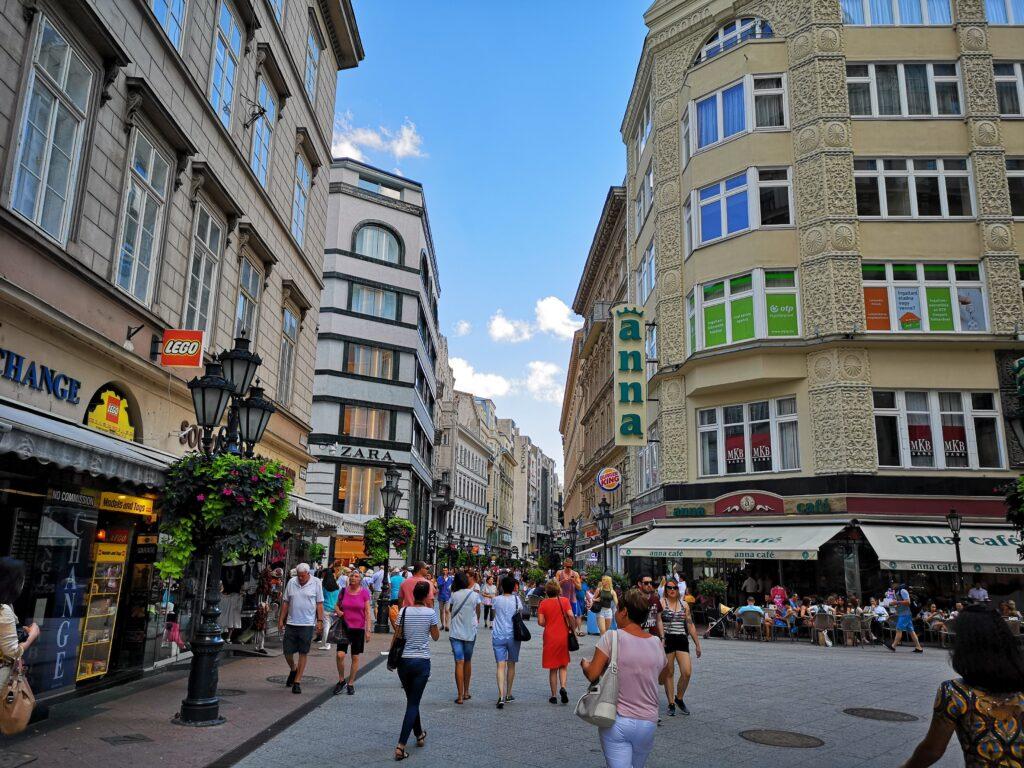
Budapest, a city known for its stunning Danube vistas, historic thermal baths, and architectural masterpieces, also offers a plethora of accommodations catering to every budget. Whether you’re a luxury traveler, a backpacking enthusiast, or someone looking for a mid-range cozy spot, Budapest has got you covered. Let’s explore the city’s best hotel offerings across different budgets:
Luxury Hotels (High-end budget)
1. Four Seasons Hotel Gresham Palace:
Located at the foot of the Chain Bridge, this Art Nouveau building offers panoramic views of the Danube and Buda Castle. With its impeccable service, spa facilities, and fine dining, it’s the epitome of luxury.
2. Aria Hotel Budapest:
A boutique hotel with a musical theme, Aria is located near St. Stephen’s Basilica. With its rooftop bar, you get an unobstructed view of the city while sipping on your favorite cocktail.
3. Kempinski Hotel Corvinus Budapest:
Located in the heart of the city, Kempinski offers modern rooms, gourmet Hungarian dining, and a luxe spa, making it a favorite among high-end travelers.
Mid-range Hotels (Moderate budget)
4. Prestige Hotel Budapest:
Set in a renovated historic building, Prestige offers a blend of modern luxury with a touch of the past. Its central location and gourmet dining options make it a popular choice.
5. Hotel Moments Budapest:
Situated on the iconic Andrássy Avenue, this hotel boasts contemporary design within a historic shell. Its proximity to major attractions is a bonus.
6. Bohem Art Hotel:
A fusion of art and hospitality, every room in this hotel is uniquely designed, with local artworks gracing the walls. Located close to the Danube, it’s perfect for art enthusiasts looking for a central stay.
Budget Hotels & Hostels (Low budget)
7. Maverick City Lodge:
Located in the Jewish Quarter, this lodge offers private rooms and dormitory options. Clean, contemporary, and close to many bars and restaurants, it’s a favorite among young travelers.
8. Pal’s Hostel:
Offering a mix of private rooms and dormitories, Pal’s stands out with its spacious rooms and apartment-like settings. Located right at St. Stephen’s Square, it’s both affordable and central.
9. Meander Hostel:
Ideal for backpackers, Meander offers a social atmosphere with organized events, ensuring travelers get to meet fellow wanderers. Its location in the heart of the city makes exploring easy.
Conclusion:
Budapest, with its range of accommodations, ensures that every traveler finds a place that feels like home. Whether you’re splurging on a luxury retreat or seeking a bed on a budget, Budapest’s hospitality scene is diverse, welcoming, and always ready to impress. Before you embark on your Hungarian adventure, take a moment to find that perfect stay, making your trip memorable from start to finish.
What is the historical significance of Budapest?
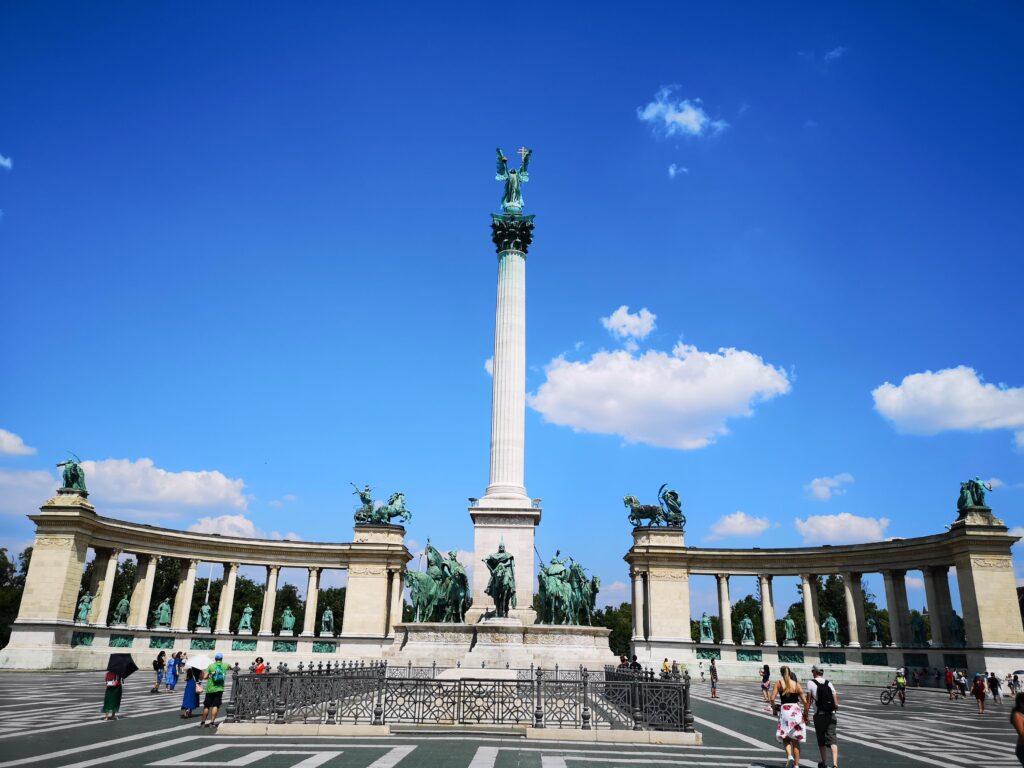
Budapest, the capital of Hungary, is not just a city renowned for its enchanting beauty and thermal baths, but also one steeped in history. The city’s significance spans millennia, and its strategic location on the banks of the Danube River has made it a nexus of cultures, empires, and events that have shaped the course of European history.
Origins:
The history of Budapest begins with the Celtic tribes who founded a settlement in the area. However, it was the Romans who truly put it on the map by establishing the town of Aquincum in AD 41, which eventually became the capital of the province of Pannonia. The remnants of Roman architecture and infrastructure, like the amphitheaters and roads, can still be found today.
Tale of Two Cities:
Budapest as we know it actually evolved from two major settlements: Buda and Pest. Buda was the capital of the Kingdom of Hungary, while Pest grew as a significant economic hub. The two were merged in 1873, resulting in the birth of the modern city of Budapest.
Mongol Invasion & Ottoman Rule:
In the mid-13th century, Budapest faced devastation at the hands of the Mongol Invasion. Post this traumatic event, King Béla IV constructed reinforced fortresses, making Buda an impregnable stronghold. Despite these efforts, by the 16th century, the Ottomans captured Buda, and Budapest remained under Ottoman control for over 150 years. This era brought mosques and hamams (baths) to the cityscape.
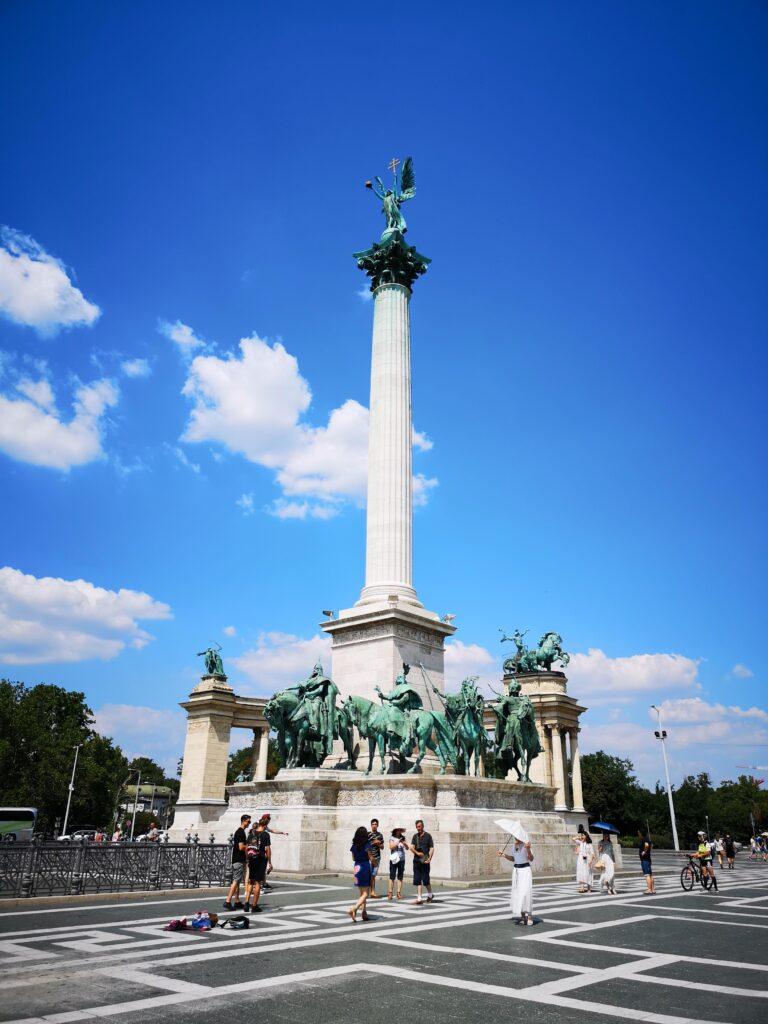
Austro-Hungarian Empire:
Following the Ottoman rule, Budapest came under Habsburg rule. The 19th century saw the rise of the Austro-Hungarian Empire, with Budapest playing a pivotal role. The establishment of the dual monarchy in 1867 marked a golden age for the city. Massive urban development projects were undertaken, including the construction of the iconic Parliament Building and the Széchenyi Chain Bridge.
World Wars:
Both World War I and World War II left indelible marks on Budapest. Following World War I, the Treaty of Trianon led to significant territorial losses for Hungary. World War II was even more devastating, with the Siege of Budapest in 1944-45 being one of the bloodiest sieges of the war. The city saw immense destruction but displayed resilience in its post-war reconstruction.
Communist Era and Revolution:
Post World War II, Hungary became a satellite state of the Soviet Union, ushering in the Communist era. In 1956, Budapest became the epicenter of the Hungarian Uprising against Soviet rule – a pivotal moment in Cold War history. The revolution was brutally suppressed, but it sowed the seeds for the eventual end of Soviet influence in 1989.
Modern Significance:
Today, Budapest stands as a symbol of resilience and unity. Its rich tapestry of history reflects in its eclectic architecture, from Roman ruins and Gothic cathedrals to Ottoman baths and Baroque buildings. The city serves as a living museum, offering insights into the various epochs that have defined Europe’s past.
In essence, the historical significance of Budapest lies not just in its role as the backdrop for major events but also as an active player and influencer in the broader currents of European history. The city’s story is one of convergence, resilience, and an ever-evolving identity.
Photos of Budapest, Hungary
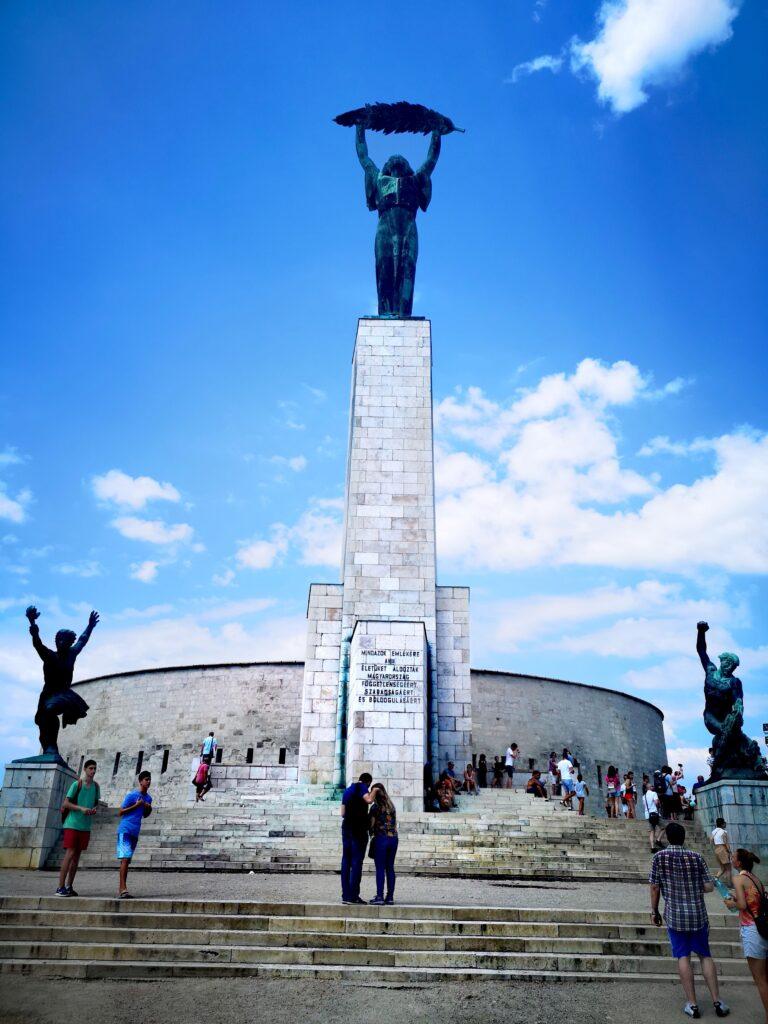
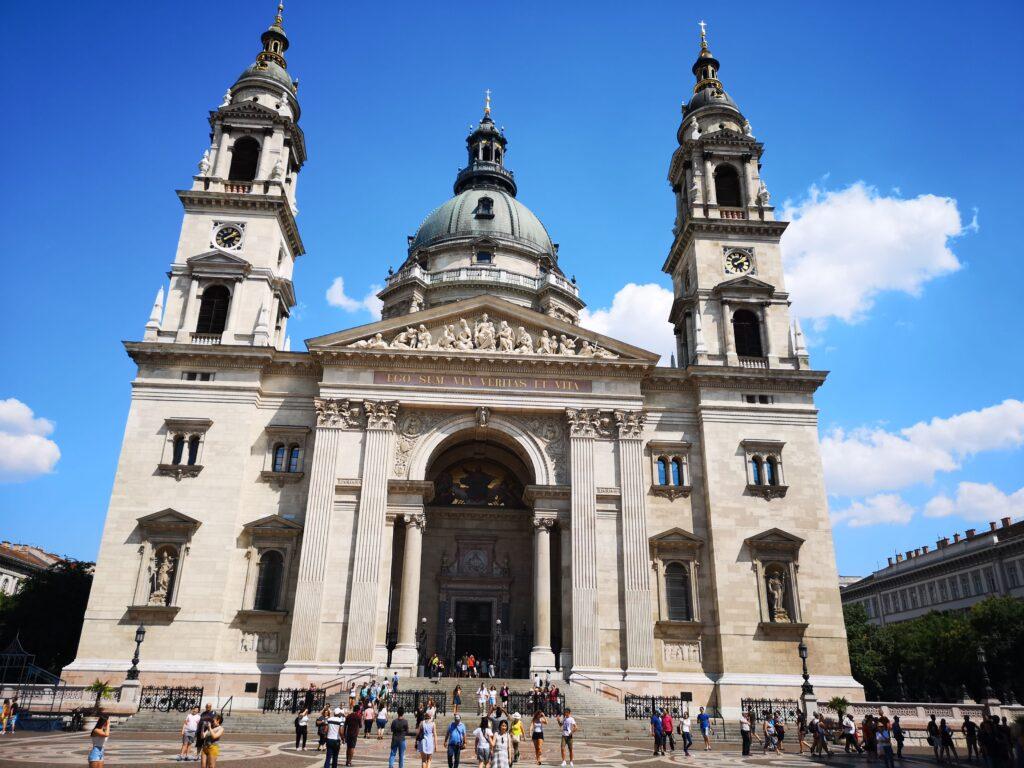
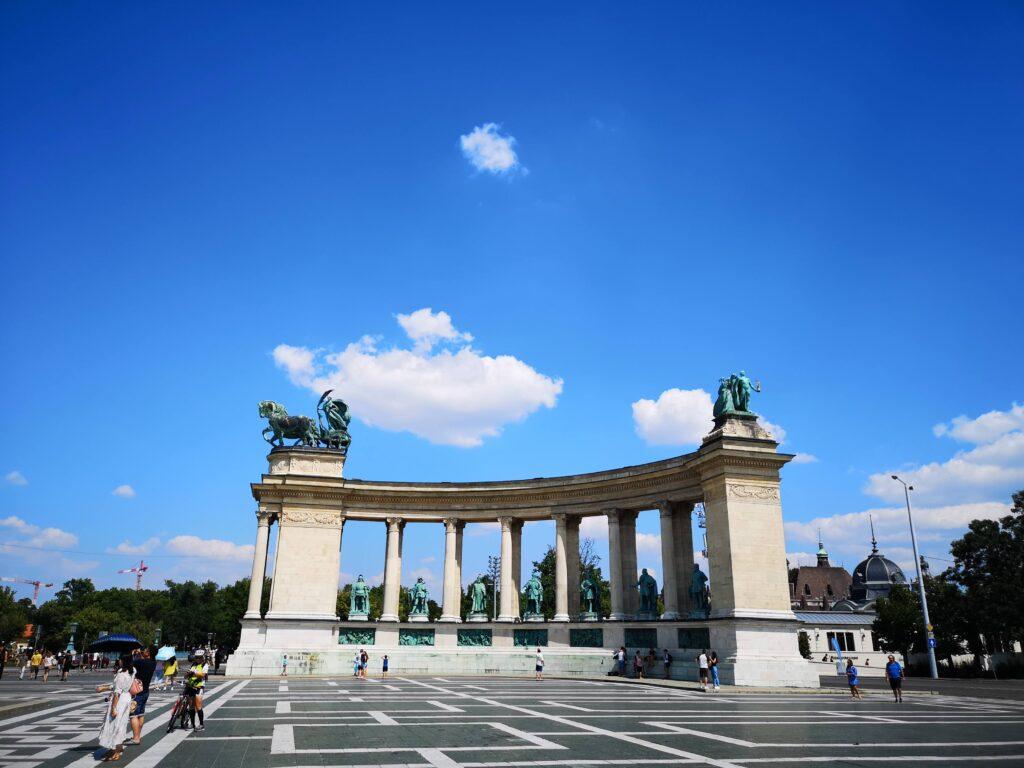
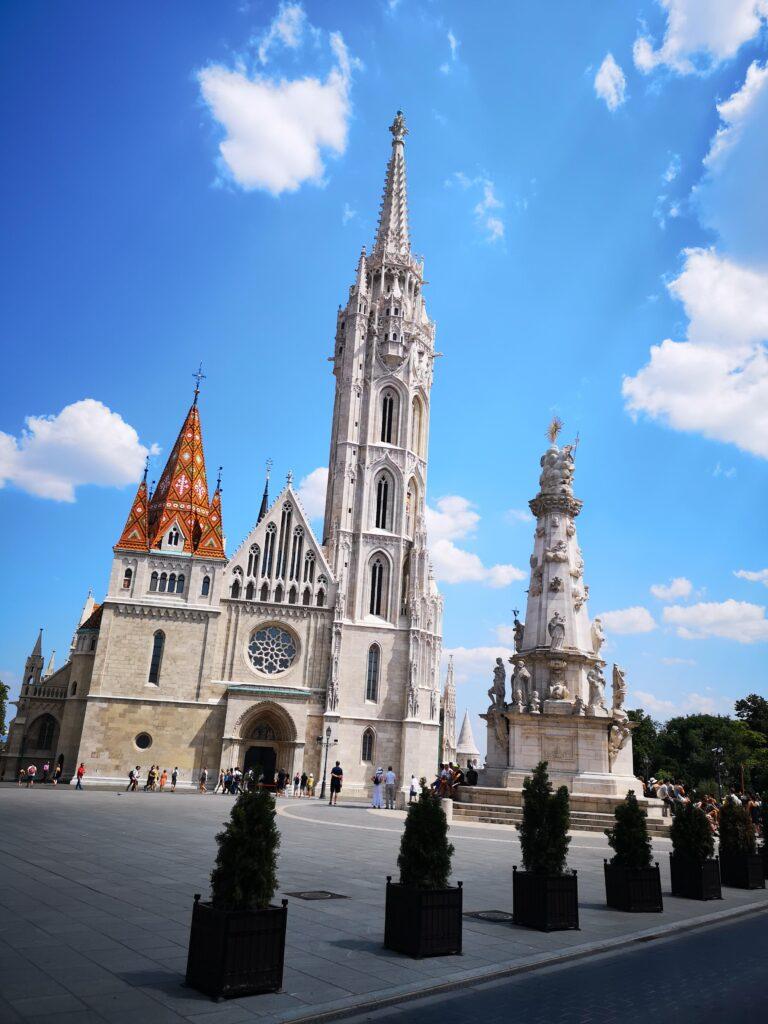
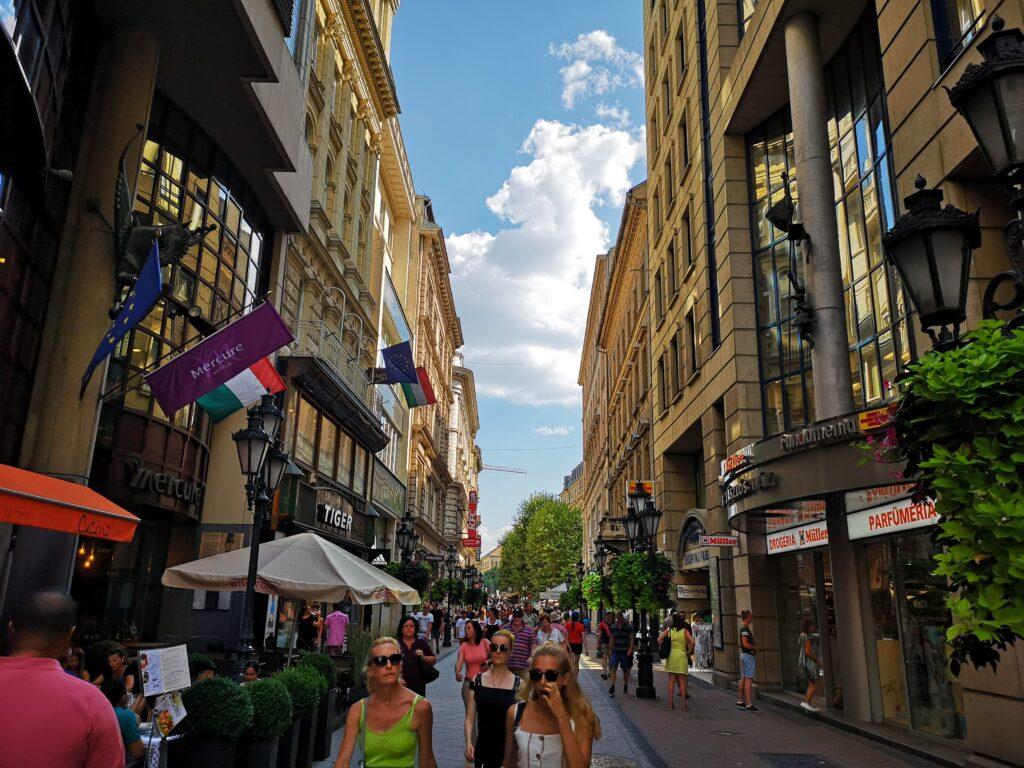
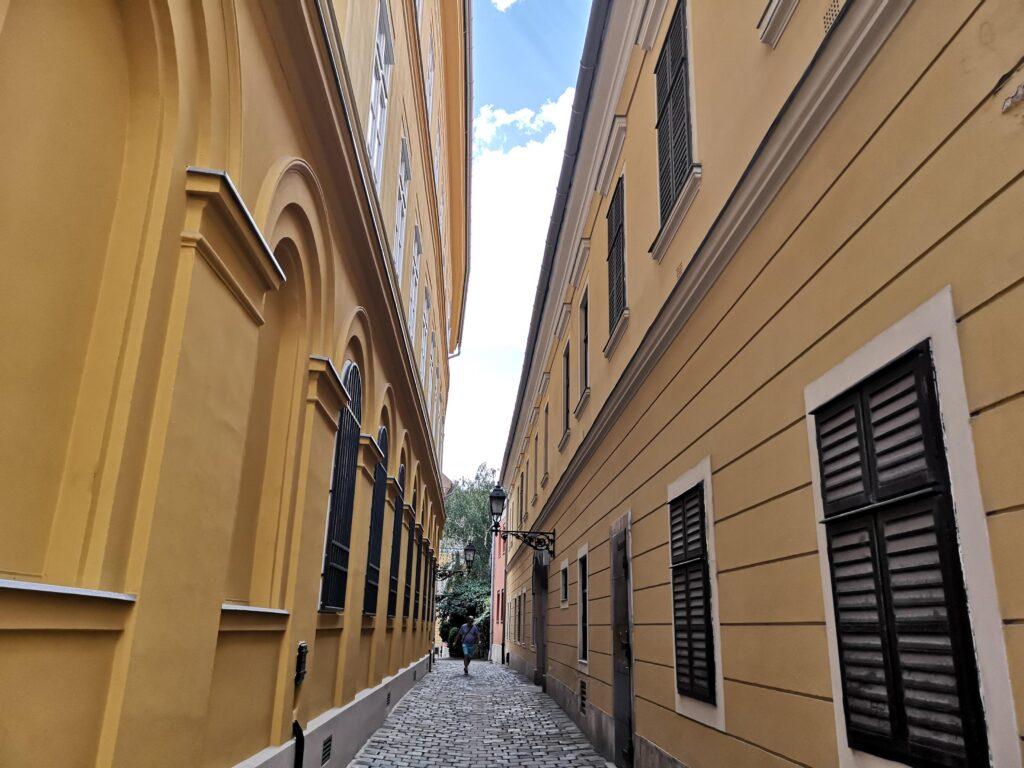
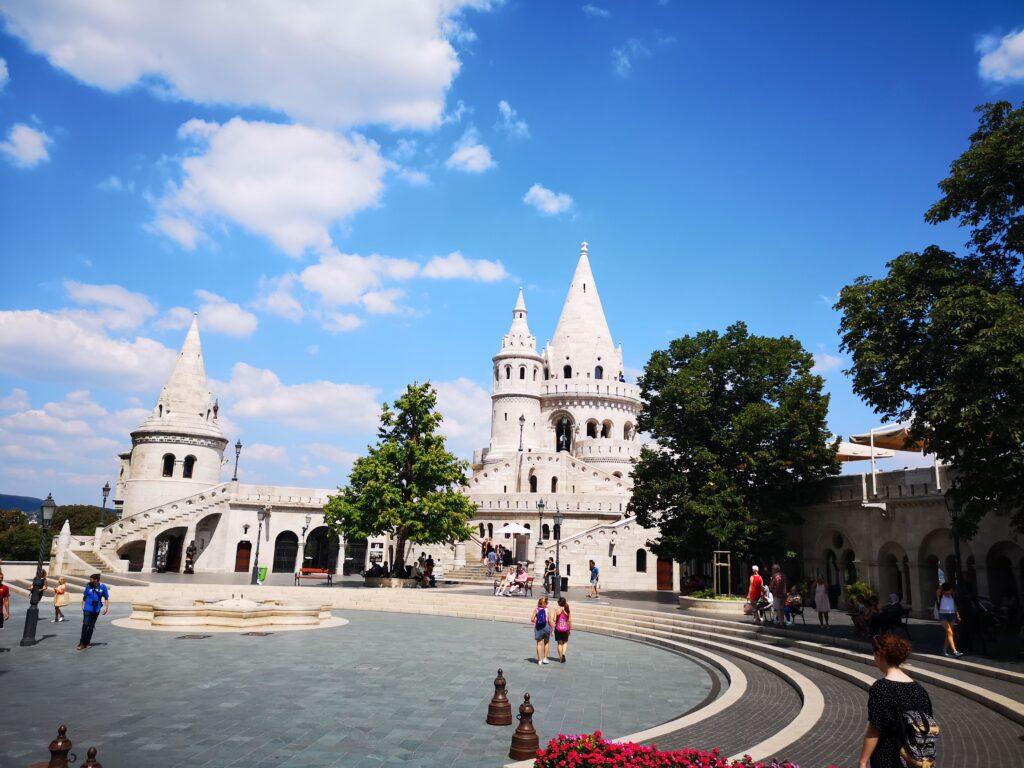
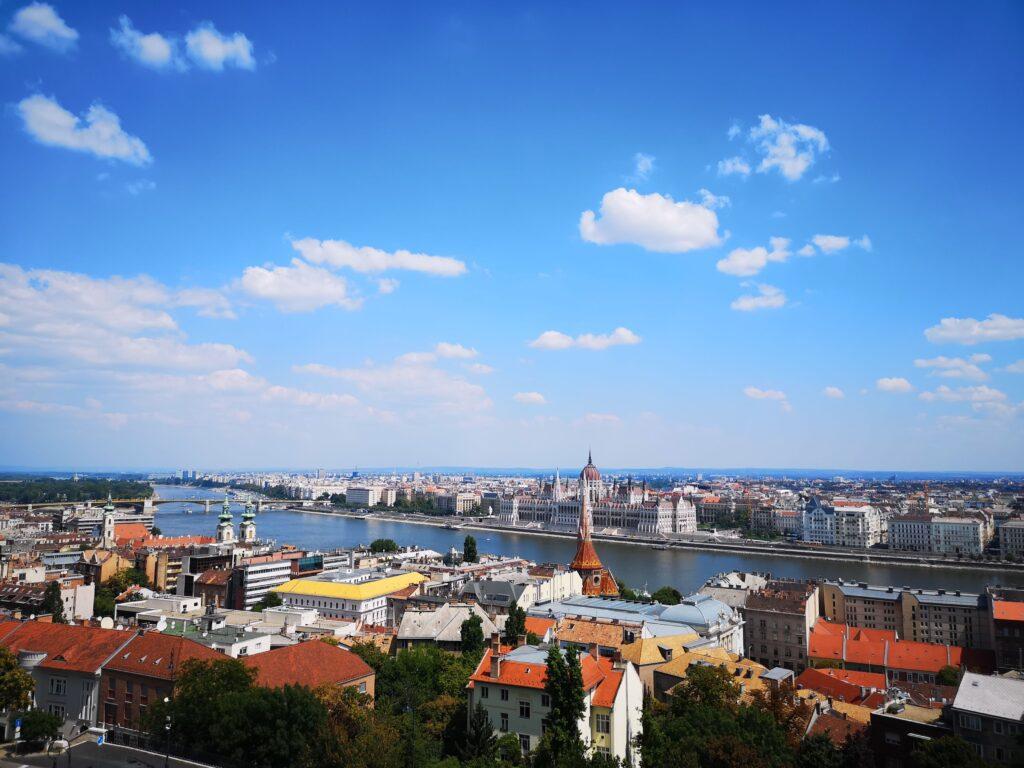
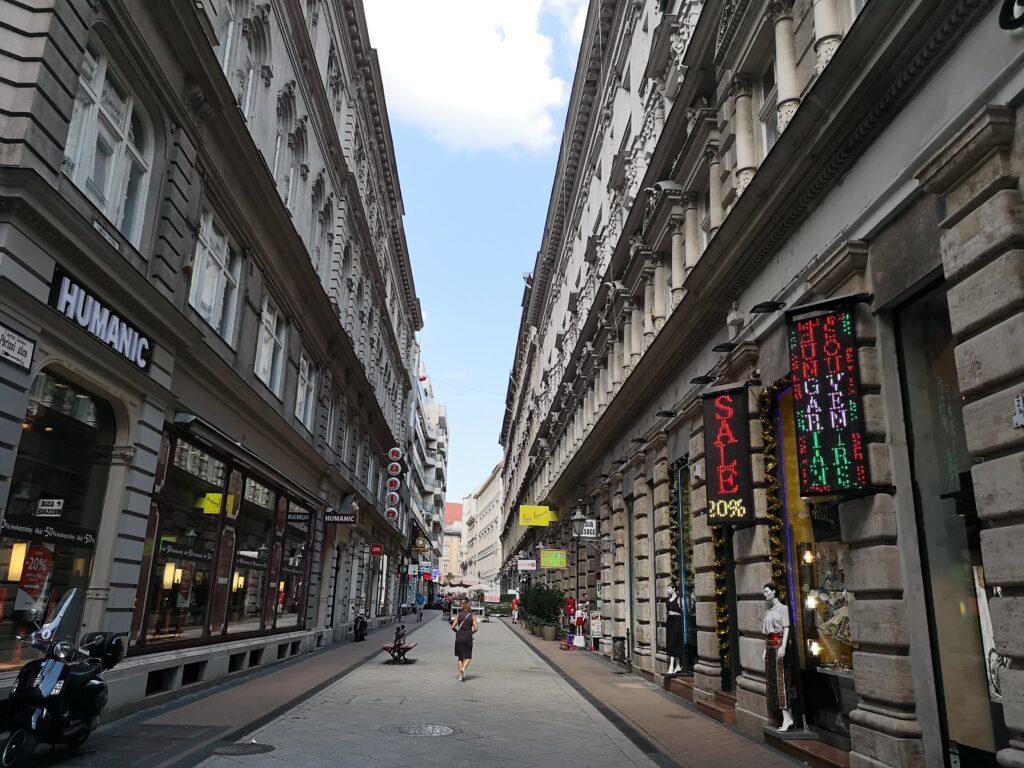
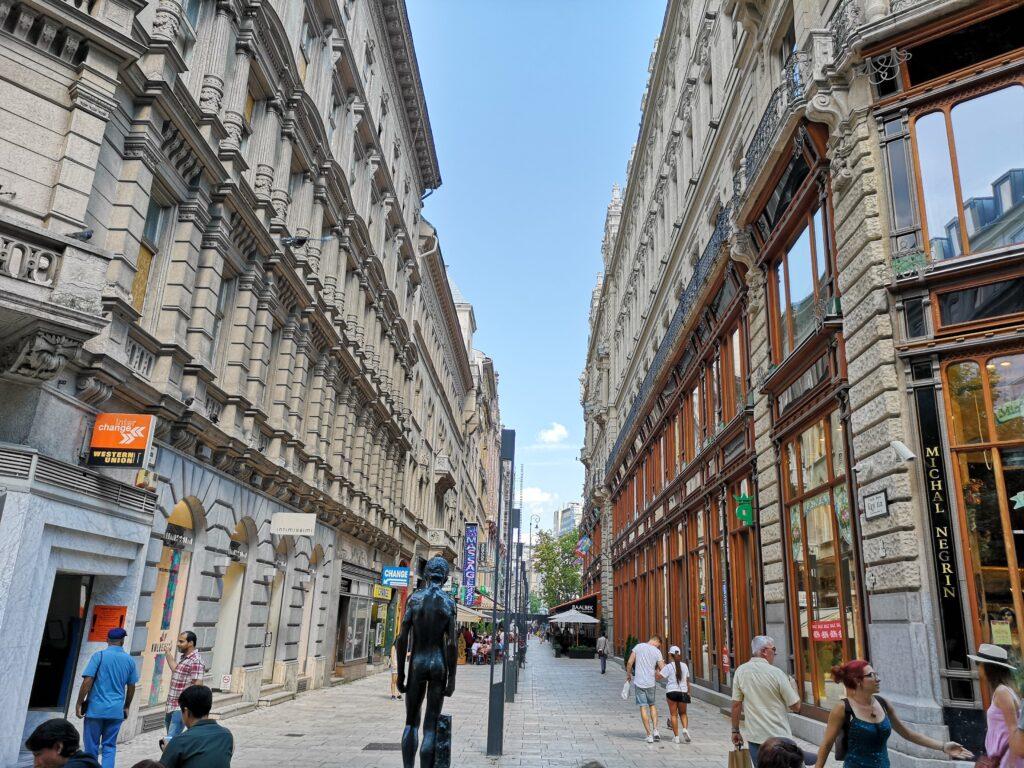
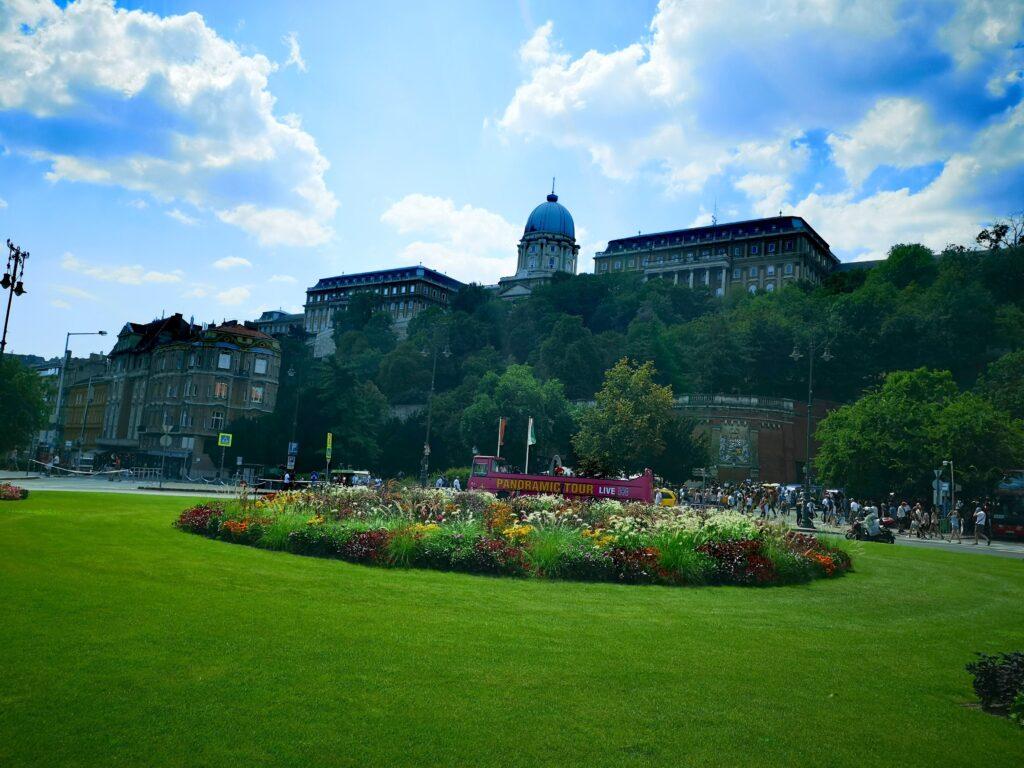
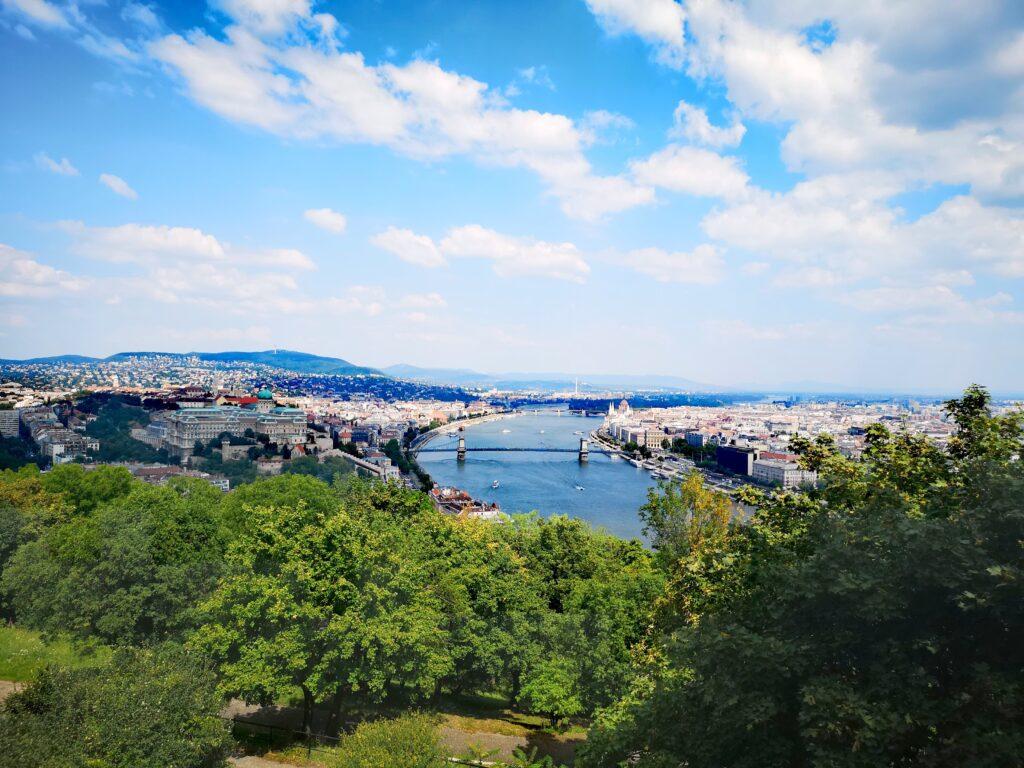
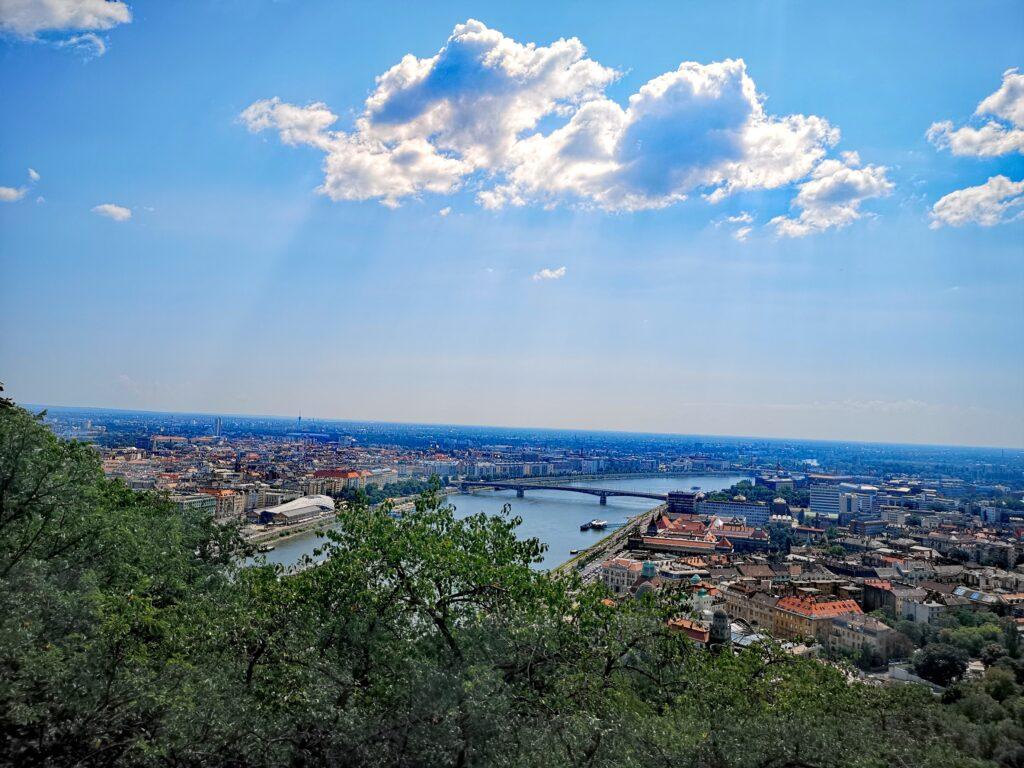
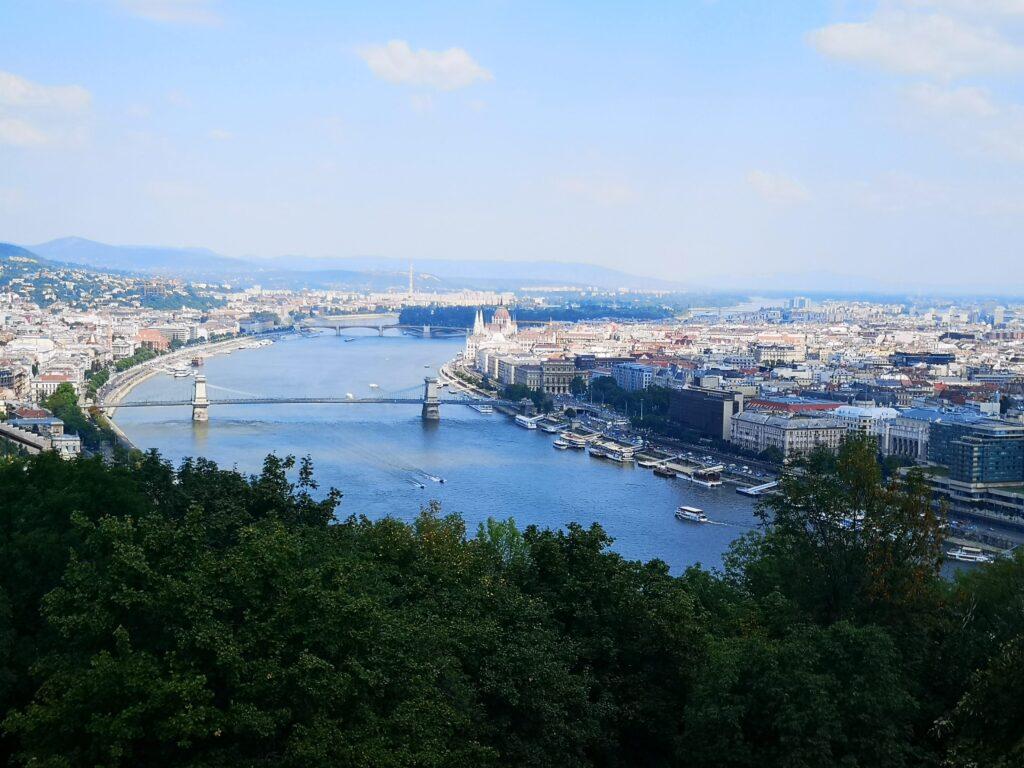
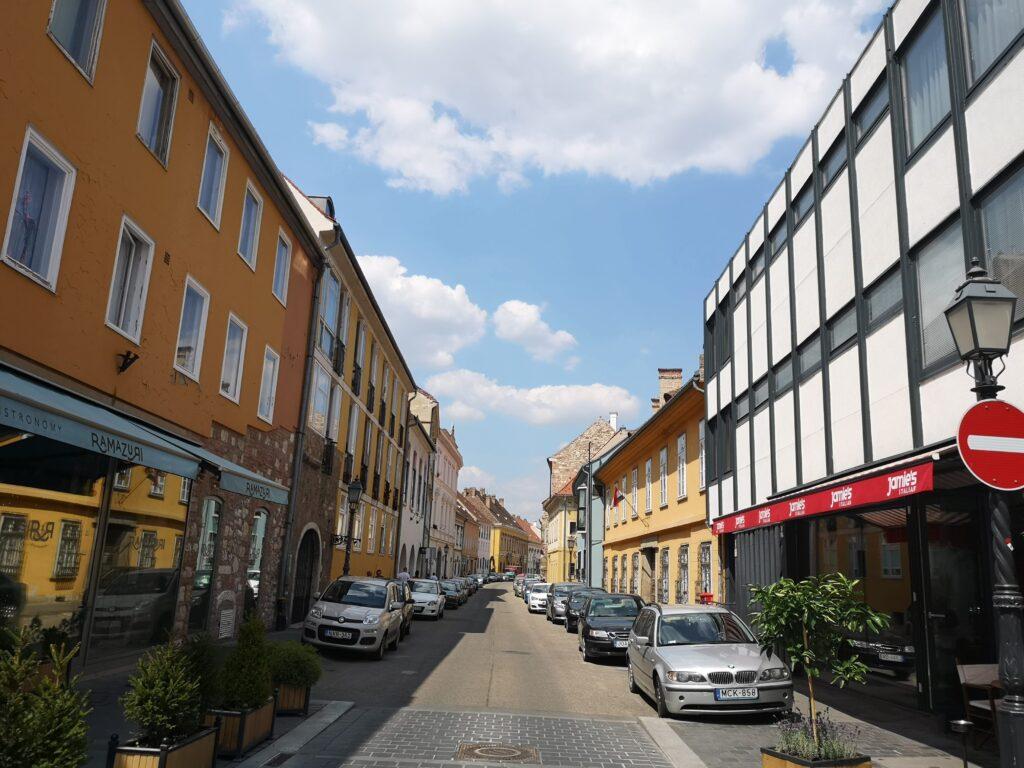
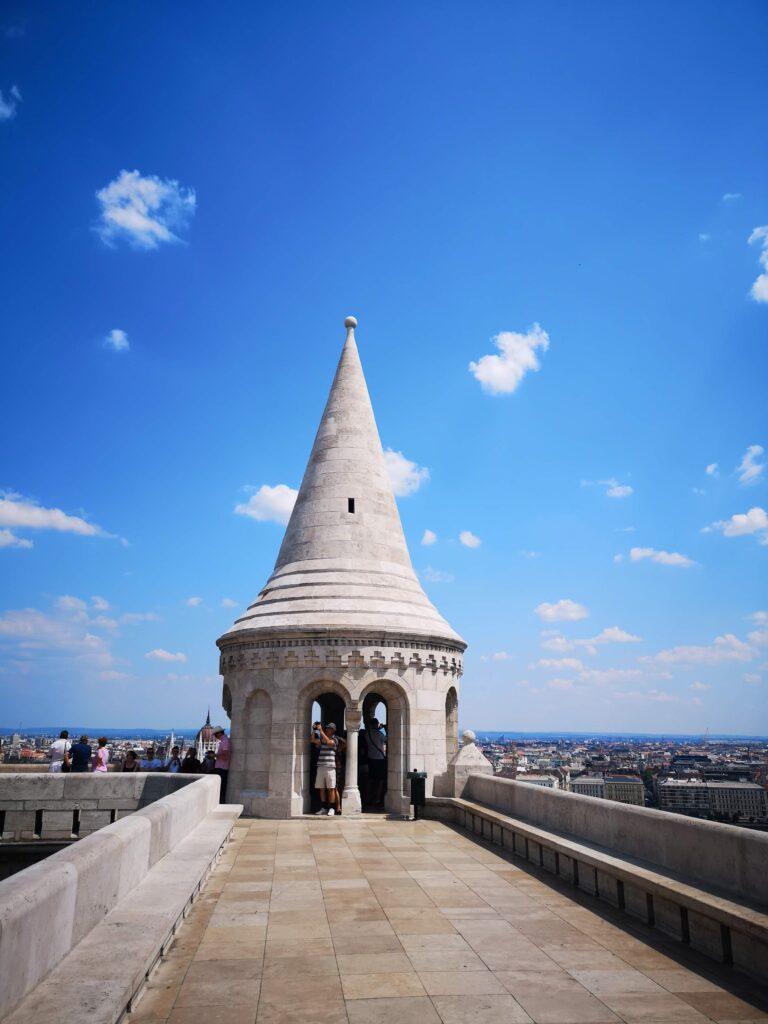
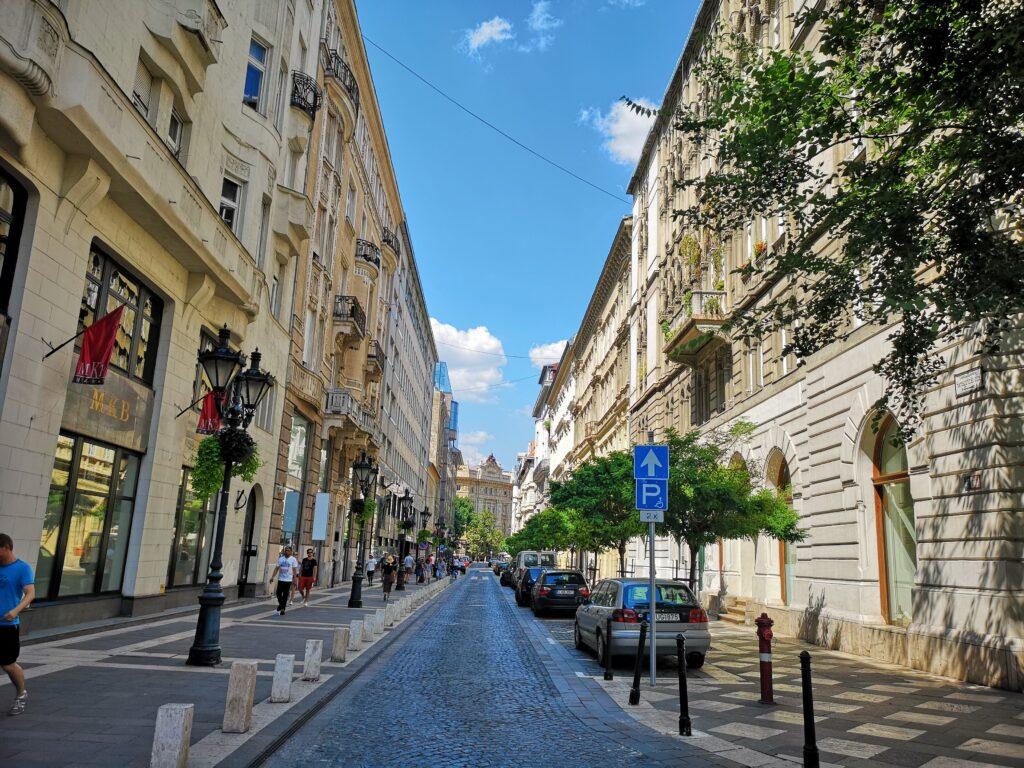
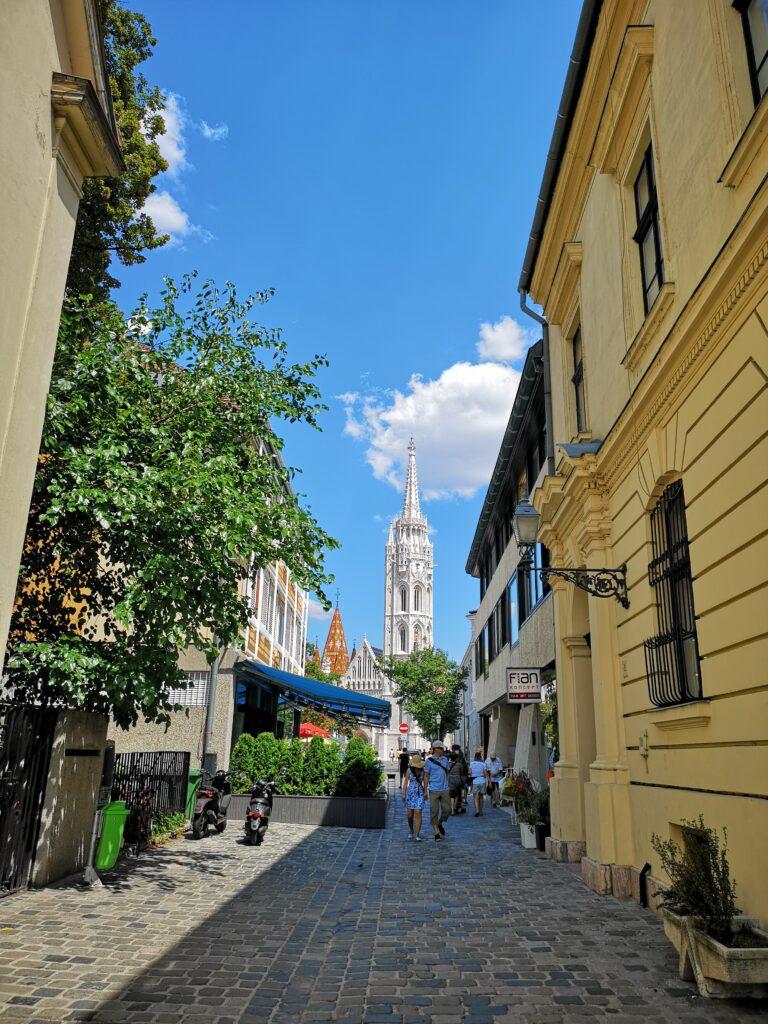
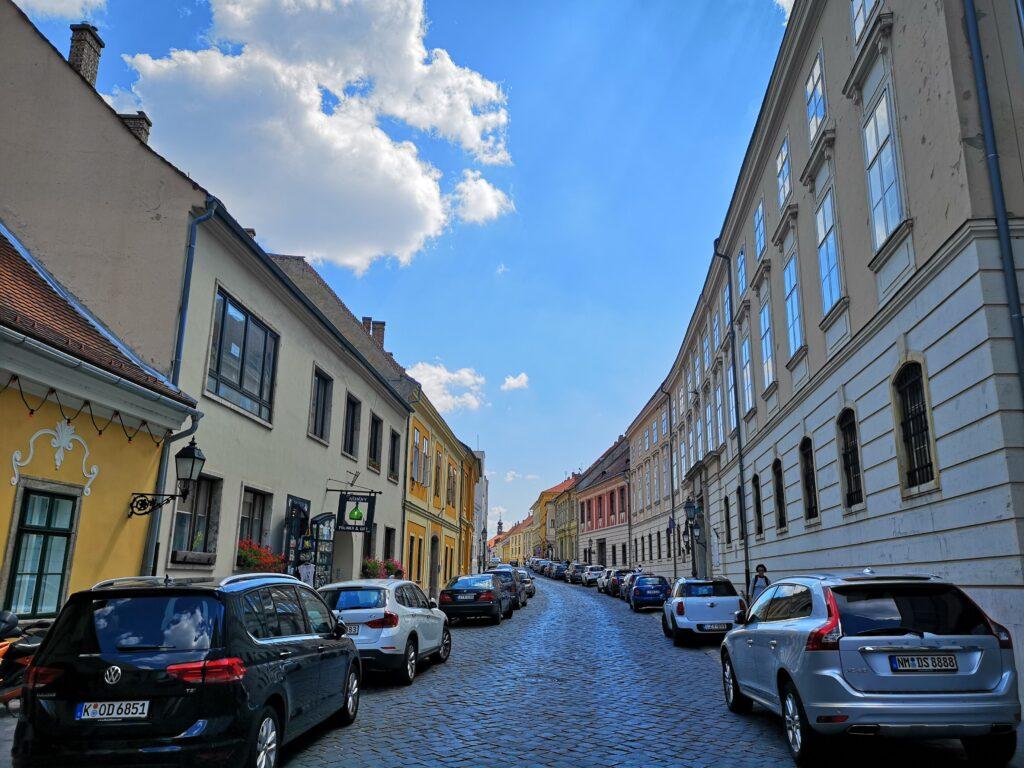
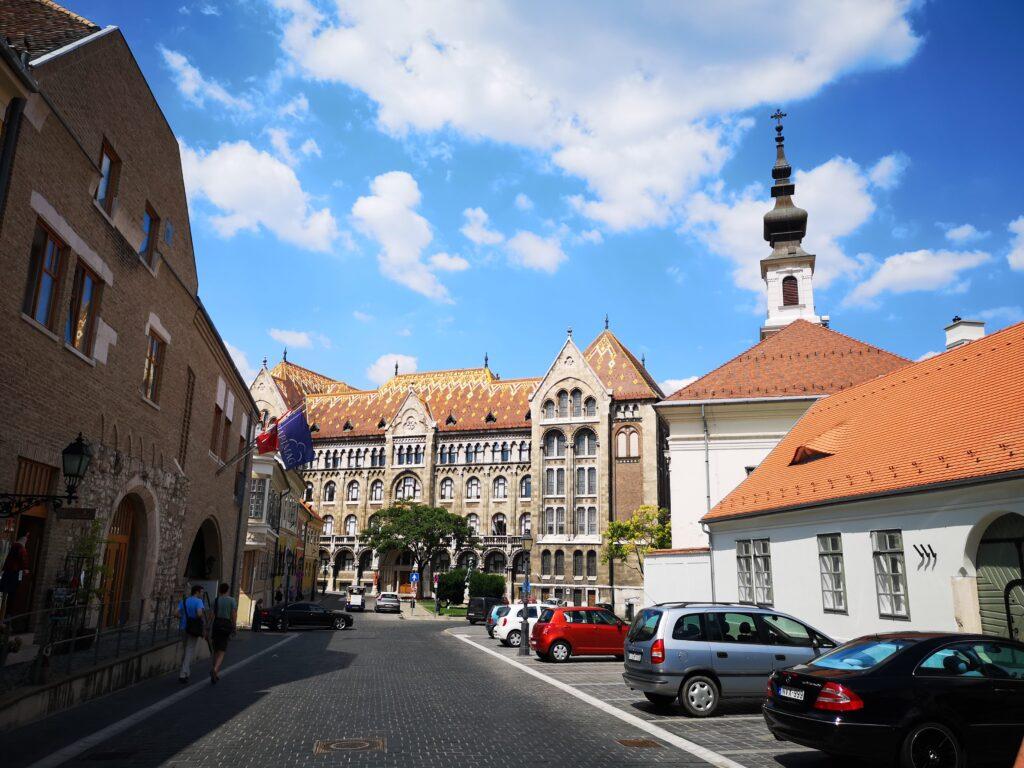
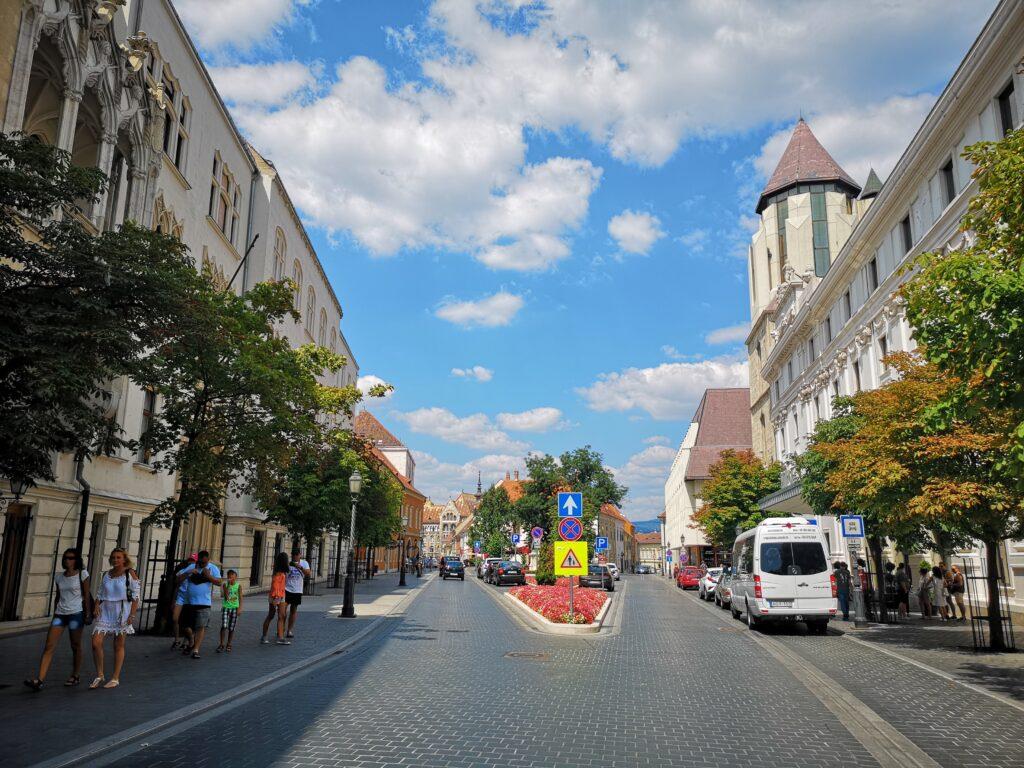
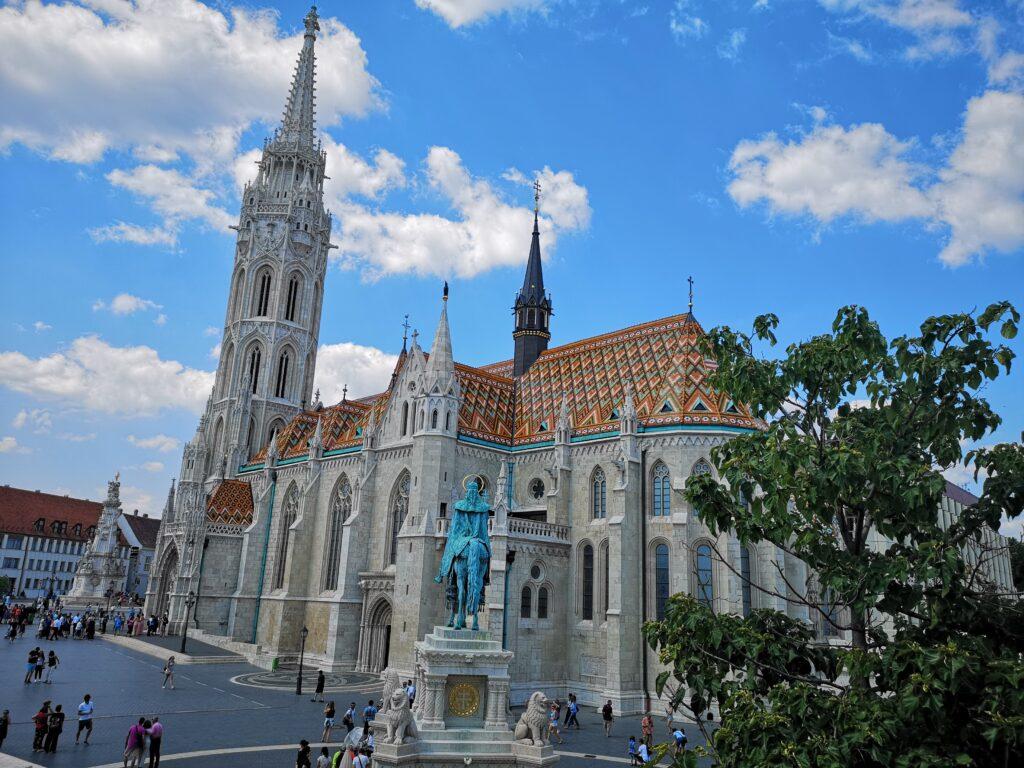
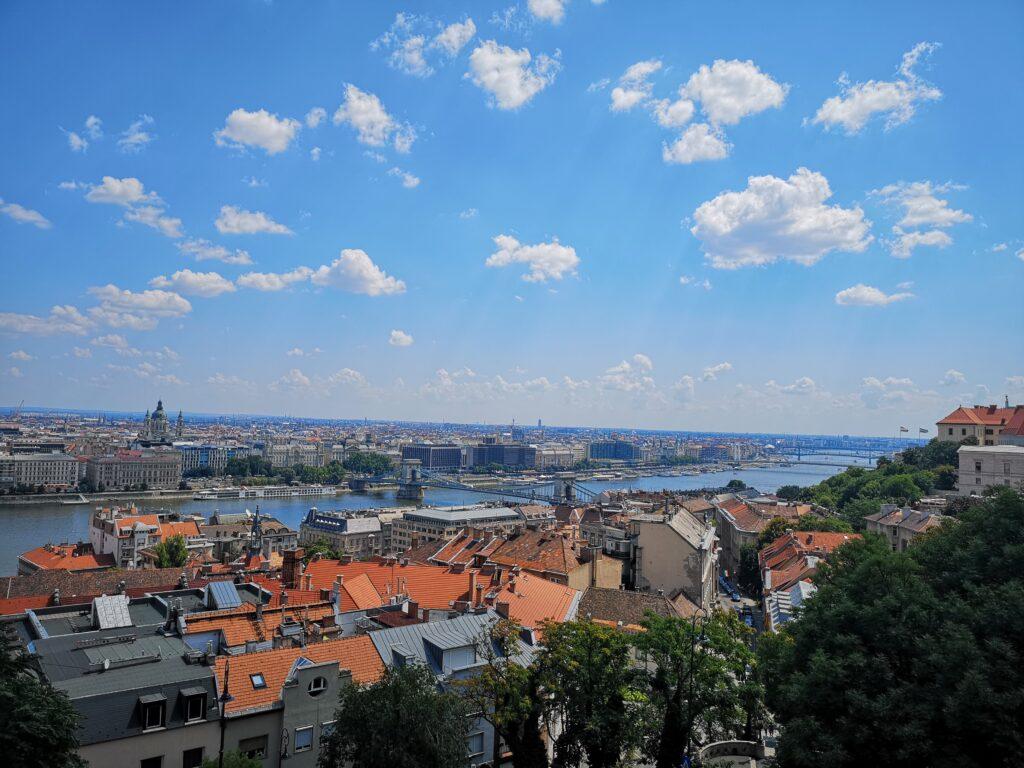
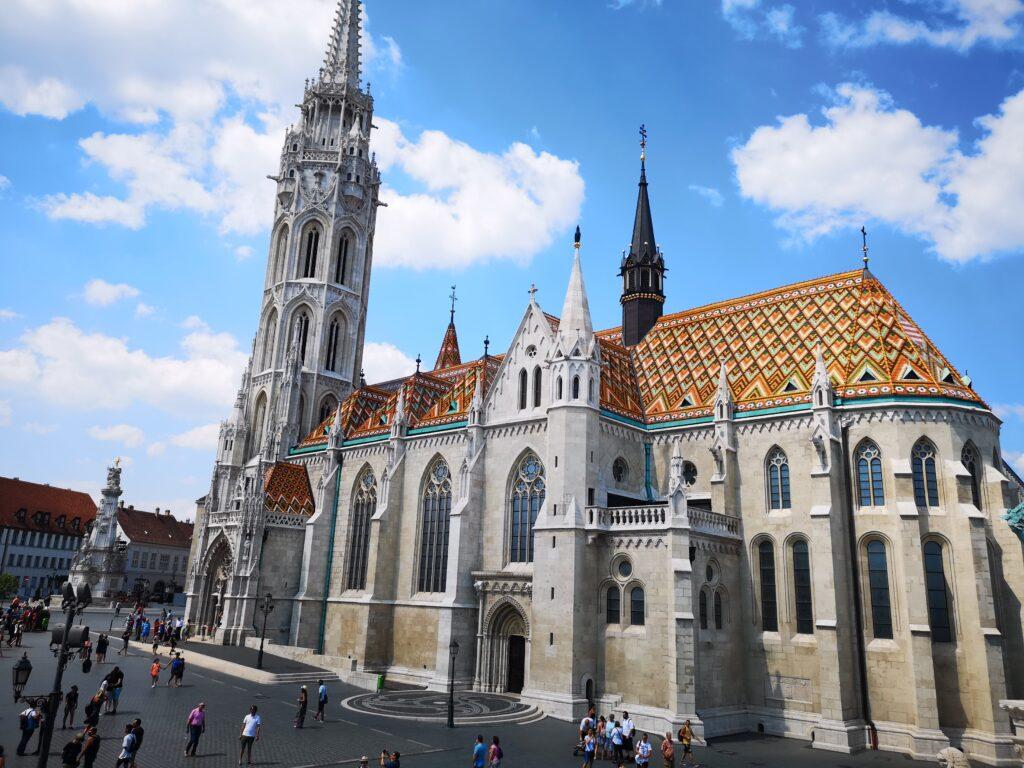
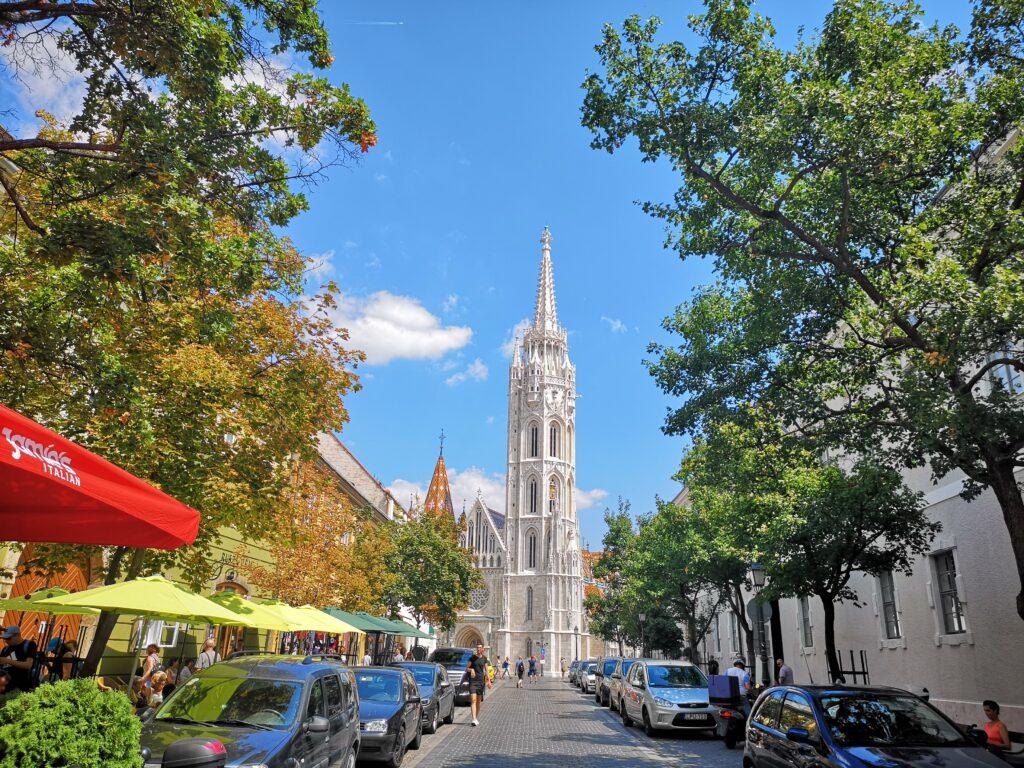





Facebook Comments